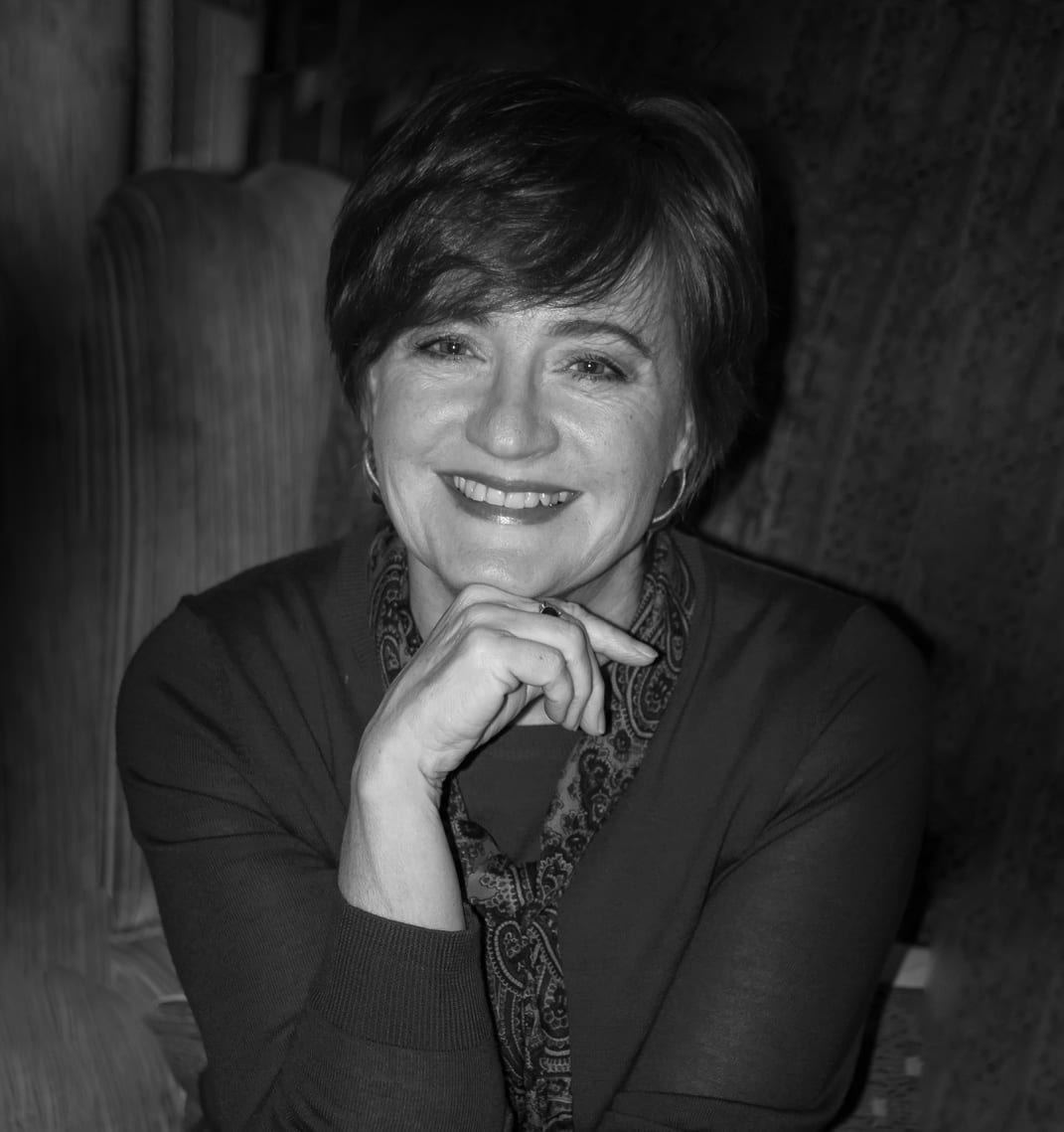

We have…succeeded in forgetting that an indissoluble link binds us to the men of antiquity…By penetrating into the blocked subterranean passages of our own psyches we…establish a firm foothold outside our own culture from which alone it is possible to gain an objective understanding of its foundations.
– C.G. Jung, CW5, para. 1
Two decades ago, the notable post-Jungian writer, Wolfgang Giegerich, declared that the modern psychological situation is without parallel, that ancient mythology can no longer illumine the psychology of modern people. We have broken, he states, “with the entire level of consciousness on which truly mythic experience was feasible” (1999:175)*.
Like Giegerich, we may point to our post-modern engagement with information technology, the internet, virtual reality, social media, and cyber communication as proof that the realities we construct have few, if any, links to our ancestors’ mythic sense of reality or their foundational stories.
Jung would likely not agree. As our quote from Symbols of Transformation suggests, Jung rejected the idea that modernity could sever our ties to the mythic imagination of our ancestors. He spent a lifetime elaborating this position through his work on the archetypal structures that inform and organize human thought, emotion and behavior.
The unconscious presence of mythic modes thinking, as well as the ongoing influence of foundational mythic themes in the Western psyche can be broadly illustrated. Ancient mythic underpinnings can still be cited in narrative patterns, basic cultural assumptions and behaviors. And because mythologems may express themselves constructively or destructively, we have an ethical duty to bring them out of the shadows.
As I demonstrate in my course for the Jung Platform, critical examination of Biblical creation stories casts light upon the Western psyche’s dissociation from the land, our continuing investment in economies of extraction, and the industrial exploitation of human and non-human others. Despite its depth and beauty, the Biblical creation myth found in the second chapter of the Book of Genesis paints a bleak portrait of humans in relation to the larger creation. Human identity and existence proceed out of a fallen state; the curse of Adam severs our kinship with the land and its non-human inhabitants. The myth prescribes hierarchical family and social structures and attributes mortality to sin.
Combined with other ancestral and ideological narratives, these creation motifs continue to inform our sense of time, our relationship with the land and with non-human others. They mirror back to us our fear of death and aging. And sometimes, when not interpreted metaphorically, but instead wielded as inerrant, literal truths, they foster communal warfare.
Of course, it is important to consider the larger context of any motif. The narrative of “The Fall” is prelude to a much longer story about divine-human relations over the course of history. Our job is not to dismiss the mythic currents flowing out of the past and informing the present, but to think critically, dare to acknowledge how foundational stories inform society and culture, and to track how they underpin one’s sense of self and the world.
To acknowledge and take responsibility for ourselves as mythic animals we must consider, not just what we think but how we think. We meet ourselves as mythic creatures through this work of tracking ancestral influences, but we also access the restorative and enriching experience of mythic imagination through those states of mind where conscious and unconscious psyches intersect: metaphoric communication, day-dreaming, story-making, night-dreaming, and so-called “mystical states.”
I would like to suggest that the much-needed healing of the Western body-psyche may be supported by envisioning the path to wholeness as an ecological process, one that fosters the healing of our broken kinship with the land through (what I am calling) “polyvalent awareness”. Working intentionally with our symbolic capacities, we foster multiple ways of perceiving: Western (differentiated), mythic (weaving ancestral with contemporary story-making) and the holistic or unitive way, (seeing with reference to the whole creation).
Through differentiated consciousness we experience ourselves as subjects and observers; the term describes a mode of perception that allows us to relate to one another across the space that separates me and you. We use this way of seeing, for example, as we examine our ancestral myths with a critical eye.
Mythic perception connects us with our deeper resources, allowing us to formulate meaning through metaphor and symbol. Differentiated thinking may help us locate outworn conceptions of ourselves in relation to the natural process, while mythic thinking may carry forward the stories in forms that restore our kinship with the land and help us meet the experiences and needs of our time. Unitive awareness graces us with momentary glimpses of our participation in the greater whole. It describes a symbolically informed state of mind where we move through experience with a living sense of the unitary reality underlying all things, visible and invisible.
Polyvalent awareness allows us to receive the stories that rise up from the land. It links us to our ancestors and to one another through symbolic ways of perceiving, and it fosters personal authority in the face of powerful, unconscious currents flowing through us as a people.
*Giegerich, W. (1999) The Soul’s Logical Life: Towards a Rigorous Notion of Psychology, Frankfurt am Main: Peter Lang.
Confront fears of change and death by using mythic imagination, dreamwork, and a nature-based life review process. Melanie Starr Costello’s course Bridges to Wholeness: Body, Psyche, Earth demonstrates how our environmental crisis and our collective fear of death stem from the same ideological root.

Melanie Starr Costello
Melanie Starr Costello, Ph.D., a licensed psychologist, historian, and graduate of the C.G. Jung Institut-Zurich, practices as a Jungian Analyst in the Greater Washington D.C. Metropolitan area.
More Posts by Melanie Starr Costello1 Comment
Join the discussion and tell us your opinion.
Comments are closed.
Thank you so much for this …
How can I Face my fears of change and death by using mythic imagination, dreamwork, and a nature-based life review process.
How can we at Faith Connections learn more about the course Bridges to Wholeness: Body, Psyche, Earth showing how our environmental crisis and our collective fear of death stem from the same ideological root.